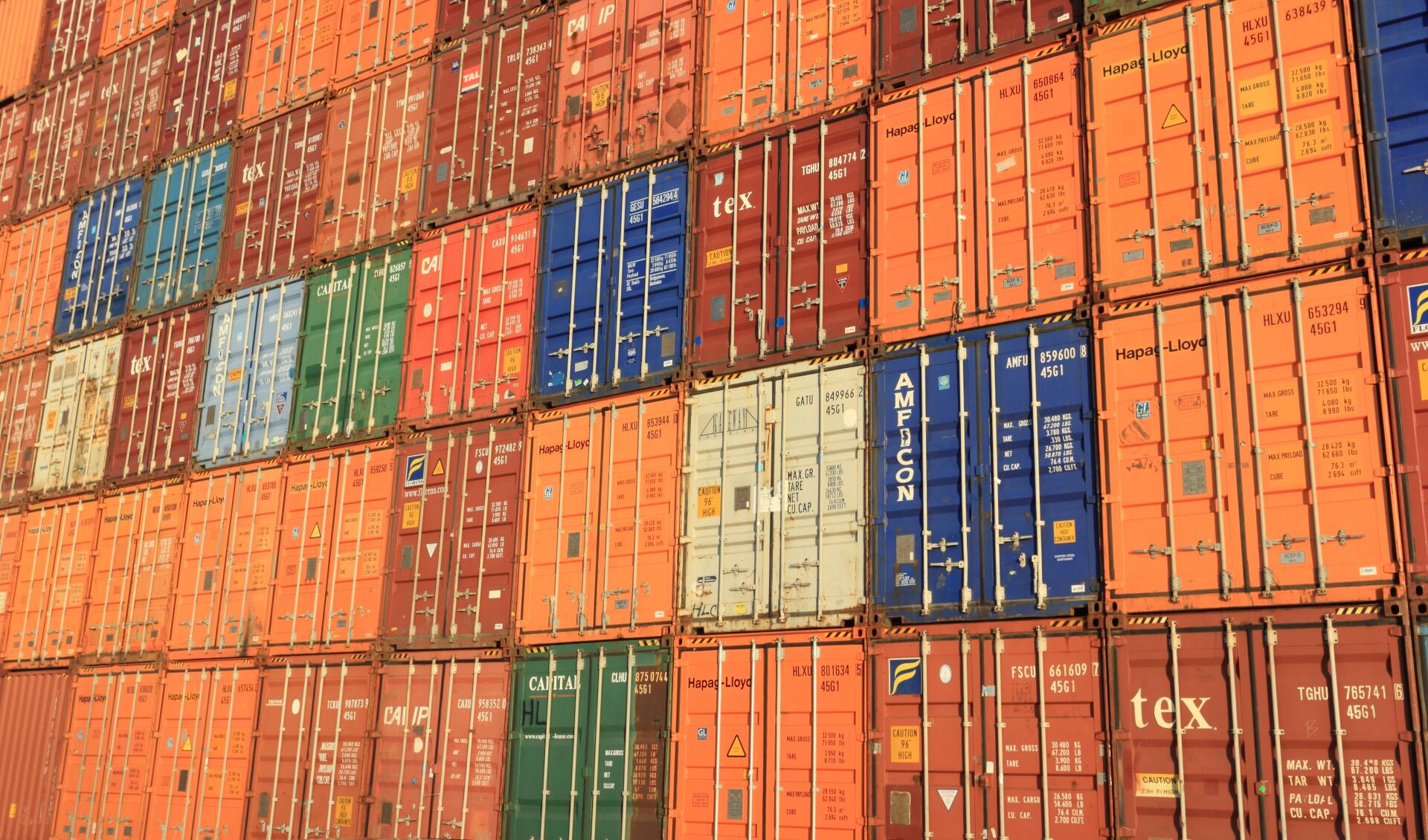Classifying freight for transport
By KENSA Logistics
When preparing transport consignments, you need to keep in mind the different types of goods existing. When a company deals in import and export, it is vital they are familiar with the classification of goods, as all the conditions for their organization, handling and transport depend on it.
One of the purposes of this article is to explain all the types of goods that exist according to their nature or dangerousness. We believe that this is the starting point for establishing dispatch costs, speed and time.
Classification according to the Harmonized System
Just imagine for a second the problems generated for decades due to the fact that there were several methods for classifying commodities in the world.
To the relief of professionals in the trade industry, a unified system for categorizing commodities was set up.
Thanks to the World Customs Organization (WCO), the Harmonized System for Commodity Description and Coding was set up.
It is a tree-shaped method that starts with raw materials, raw products, semi-finished products and already processed products.
The tree includes 5,000 groups structured into 21 sections, 97 chapters, four-digit headings and six-digit subheadings.
Just like every practice set up to simplify life, the WCO aims at facilitating trade and the exchange of information during import and export operations.
It is so commonly used that customs tariffs and trade statistics are established and drawn up under its criteria.
This has resulted in over 98 % of goods being organized under the harmonized system.
To this end, the WCO uses a codification pattern made up of six-digit codes. The first two numbers correspond to the type of good, the next two reflect the number of the consignments in which it is located under the same chapter.
As for the last two digits, they are the reference of the subheading in which the type of commodity good is classified, under the same heading.
Types of commodity goods according to their nature
- Perishable goods. They have a useful life of 1 to 7 days. For example, fruit, vegetables, plants and dairy products.
- Non-perishable goods. Those that do not require refrigeration, such as tinned or vacuum-packed goods.
- Fragile merchandise. Those which, due to their nature, require special care in their transport.
- Hazardous merchandise. It refers to those implying some kind of danger, such as those deriving from petrol or chemical products.
- Dimensional commodities. Products which, due to their size and weight, require special storage and handling.
Classification of commodity goods according to their dangerousness
As already mentioned, of great importance in the transport of commodity goods is the question of dangerousness, as this lays down the regulations for their packing, packaging, signage, type of vehicles and instructions for their handling, among other aspects.
Currently, over 12,000 substances are registered as dangerous. To facilitate their handling and transport, they have been classified into 9 groups:
- Explosives. These are all substances having chemical characteristics that can cause a sudden and violent explosion.
- Gases. Commodity goods that come in a liquid, compressed or refrigerated state.
- Flammable solids. These are substances liable to spontaneous combustion and substances which, on coming into contact with water, emit flammable gases.
- Oxiydizing agents. These are materials that contain high levels of oxygen. As a result, a chemical reaction with other flammable materials is more likely and, consequently, combustion.
- Toxic and infectious substances. They are chemical poisons that can harm human beings and the environment.
- Dangerous substances. These correspond to dangerous freight like pathogens and viruses for scientific purposes.
- Radioactive. Such substances contain highly unstable atoms like uranium, plutonium or thorium and which produce radiation so harmful that it can give rise to an altered state in human beings.
- Corrosives. This group includes chemical substances with highly acidic or alkaline components that damage the material they come into contact with.
- Miscellaneous dangerous cargo. This refers to all kinds of dangerous goods which cannot be included in any of the categories.
If you require any advisory services from our experts in the transport of goods, you can count on us to help you.
We are a company offering logistics services from Mexico and for the whole world in a quick and simple fashion, with the result that our clients only need to set the date for collection and delivery.



